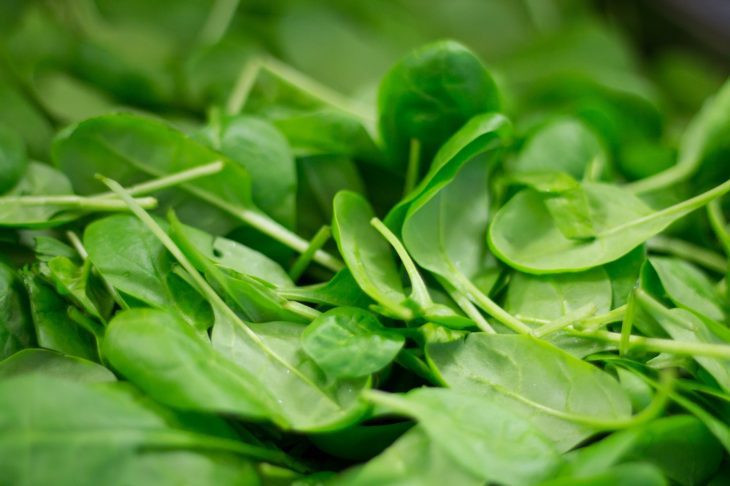Growing hydroponic spinach is very easy – probably the most complicated part is making the seeds germinate. Once you have germination, growing spinach hydroponically is as easy as growing salad.
It is considered a very health leafy green as its high in vitamins K, A, B, and C, iron, calcium, and protein.
First thing to know when growing spinach indoors is that spinach is a cold loving plant: seeds are easier to germinate if you keep them for a day in the refrigerator, and it also grows best in spring and autumn when temperatures are not so high. Spinach grows well at temperatures below 25° C though it can tolerate up to 30° C.
pH levels should be between 5.8-6.8 for hydroponic spinach and TDS level should be around 1.6 to 2.0 EC.
There are at least 37 spinach varieties, in 3 categories: Savoy-Leaf Spinach (curly-leaf spinach), flat leaf Spinach, and Semi-Savoy Spinach – in between.
Aerogarden Experiments grows Butterflay Spinach in Aerogarden Harvest and has some tips on germination. It takes about 30 days to have a good crop, but the germination rates are awful.
Some do a more complicated “priming” solution to have a better germination rates: soaking the seeds for 24 hours, let them dry, then place them in a cool place. Then plant them in the growing medium.
If you are not into using complicated hydroponic systems like the Aerogarden, you can ga Kratky style as Tikki O. explains: you don’t need pumps, timers or anything, just a light tight container and hydroponic growing solution.
If you are interested in experimenting with something different, you might want to try Malabar Spinach. Unlike other types of spinach, Malabar spinach is perennial and can grow up to 10 feet long wines that need a trellis for support:
Hydroponic spinach pests and diseases
Grown indoors, spinach doesn’t have a lot of problems. You should probably take care of Aphids – sap-sucking insects that can grow quickly in indoors crops. Cucumber mosaic virus is usually spread by Aphids and can be recognized by the edges of the leaves turn yellow and turn brown. Spinach downy mildew is also common – Yellow spots appear on the upper side of the leaves – can be cured with fungicides.



